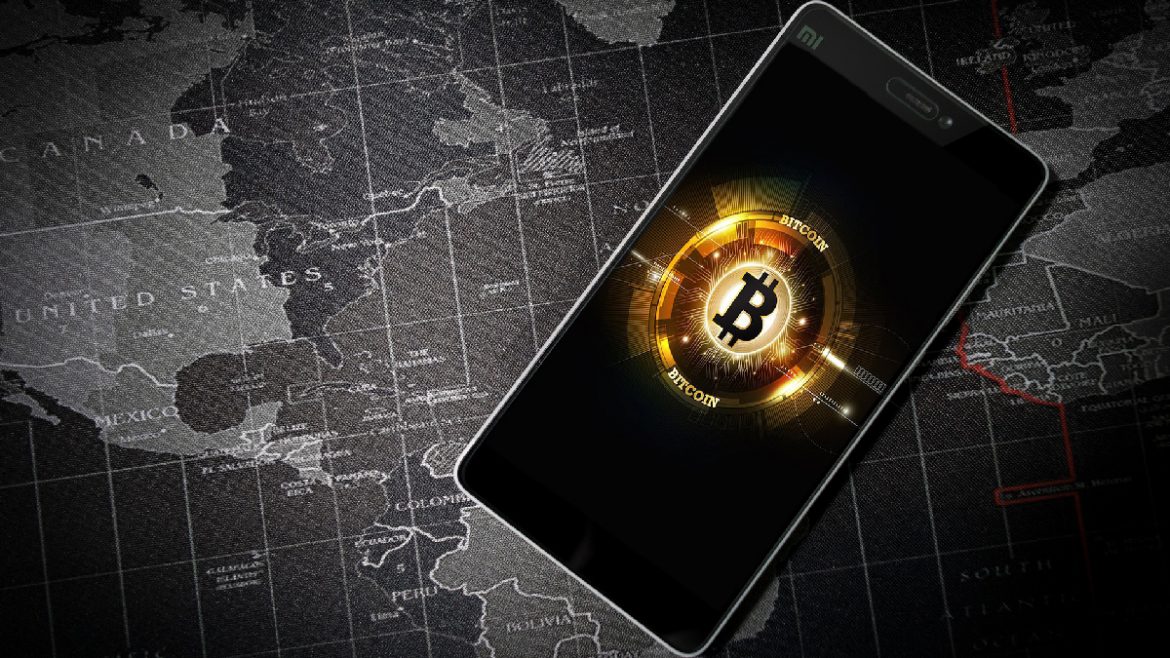Even though Bitcoin is now over ten years old, it’s only been the last few years that cryptocurrency has been growing exponentially in popularity with a key marker being the word “cryptocurrency” as one of the most searched words on the Google search engine.
From the college student just doing a random search to find out what’s trending to the entrepreneur looking for new opportunities, people around the world, across a broad age group, and economic circumstances are looking at cryptocurrency with curiosity. The idea that Bitcoin is “that fake, funny internet money” is dissipating into real world acceptance that it is a legitimate form of exchange for goods, services and investing.
So, why is Bitcoin so popular when there are a host of other cryptocurrencies or alternative coins (altcoins)?
Well, let’s address branding and household recognition. My favorite example of the difference between a product and brand is tissues. Rarely have I heard anyone say, “Please pass me a tissue.” Instead, people might ask, “Do you have a Kleenex?” Tissue is the product but Kleenex, the brand, has become synonymous to the product – which is marketing gold.
And this is true for Bitcoin. The first Bitcoin was mined in 2009. Its whitepaper was the first of its kind. Decentralized digital currency was a mind-blowing idea for peer-to-peer transactions that were not only secure but transparent in that any and all operations on its blockchain are permanently recorded on an immutable ledger.
When people say, “I want Bitcoin,” yes, there’s a good chance that they really want BTC, the token, but it’s reasonable to believe they want cryptocurrency in general. “Bitcoin” has become synonymous to cryptocurrency, especially for newbs in the cryptosphere.
Certainly, there are thousands of alternative coins like Ethereum, Ripple, Litecoin, Doge, etc. and isn’t it funny that Bitcoin is just considered Bitcoin or cryptocurrency and all others are, well, altcoins.
Do a search on cryptocurrency or blockchain and you’ll probably get more results for Bitcoin than any other token. Part of the reason why is longevity, familiarity, and global curiosity. Bitcoin, as well as other tokens, are meant to serve cross-culture, be borderless, and help people in all economic circumstances. Plus, because there is a finite amount of Bitcoin that will ever exist, people consider it a rare commodity that should grow in value in time.
Beyond being the first of its kind with name recognition, let’s break down other reasons why Bitcoin is so popular.
The line between perception and reality is dependent on the individual. As mentioned earlier, Bitcoin has become synonymous for cryptocurrency even though we know there is a difference.
Growing value. Despite the fall of Bitcoin from a near $20K high to current market value that’s hovering around the $7,500 mark, Bitcoin has significantly risen in value. Consider that CoinMarketCap began tracking Bitcoin history in April 28, 2013, a little more than four years after Bitcoin mined its first token. BTC opened at $135.30 on that day. It broke the $1,000 mark in November 2013 before dropping back into the mid to low hundreds. Then in January 2017 there were sparks of life. May 21, 2017, BTC broke the $2,000 mark, then the $3,000 mark in August. In November, BTC price skyrocketed to break the $10K barrier and people were going nuts. On December 17, 2017 the market opened at $19,475.80, the high asking was $20,089. Bitcoin never broke the $20K mark but history was made.
And then the market plummeted and a long crypto winter ensued. It wasn’t until June 22, 2019 that Bitcoin broke the $10K barrier again. So, what does this mean for the investor? If you ask me, Bitcoin is a token for the long hold despite it’s rocket ascent and volatility.
Longevity. Bitcoin has proven itself for over a decade. It’s not going away. In fact, there are recognized problems with Bitcoin, like speed and scalability, but altcoins are a fork off the old block. Ethereum came onto the scene in 2015 and Ripple, while its initial launch was in 2012, the first stable release wasn’t until May 2018. They’ve splintered and molded into their own blockchain initiative but they all cut their teeth on Bitcoin.
Adoption. In addition to being brand familiar, you’ve only got to look at mainstream sites to see that Bitcoin is starting to become accepted for legitimate transactions. Look at Craigslist and eBay. You can buy a house or property with Bitcoin. You can book travel and pay for hotels with BTC. Retail businesses are beginning to accept Bitcoin.
We’ve come a long way from May 22, 2010, when Laszlo Hanyecz bought two large pizzas for 10,000 BTC. Crypto enthusiasts have been celebrating Bitcoin Pizza Day on May 22 ever since.
Gold Standard. If you look up the definition of “gold standard” it will state that it is a system from which the value is defined in terms of gold. Most will agree that Bitcoin is the “gold standard” of cryptocurrency; that which all others rely on when comparing value.
Certainly, Bitcoin is not the fastest when it comes to transactions. It’s not even the best when it comes to scalability. But Bitcoin will remain popular because of its history, the ideals from which it was launched, and its secure and proven protocols that, despite the price volatility, has made Bitcoin a stable algorithm.
Disclaimer
Content provided by CryptoTraderNews is for informational purposes only, and should not be construed as legal, tax, investment, financial, or other advice. All information is of a general nature. As always, there is risk with any investment. In exchange for using our products and services, you agree not to hold CryptoTraderNews Pro, its affiliates, or any third party service provider liable for any possible claim for damages arising from decisions you make based on information made available to you through our services.
